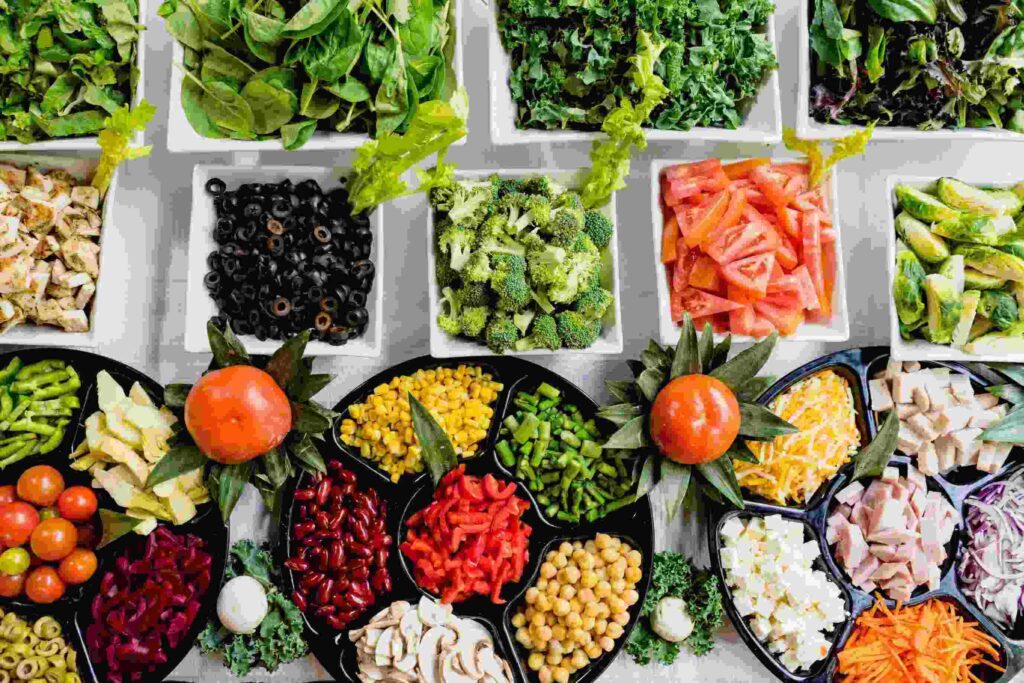The food industry has seen remarkable transformation in recent years, largely driven by shifting consumer values, new technological innovations, and the increasing importance of sustainability. As a result, food PR—once focused primarily on product launches, media placements, and traditional press conferences—has grown into a more dynamic, multifaceted discipline. Today’s food brands face an incredibly competitive environment, and public relations has become a crucial tool for differentiation.
In this op-ed, we’ll explore how food PR is navigating this new terrain, addressing consumer concerns, and adapting to the trends that are reshaping the food industry. From sustainability and food transparency to embracing the cultural moment, the future of food PR hinges on aligning brand messaging with the changing expectations of consumers.
5WPR Insights
1. Transparency: A Cornerstone of Modern Food PR
Transparency has become one of the most important factors in consumer decision-making, particularly in the food industry. Whether it’s sourcing ingredients, labeling, or manufacturing processes, today’s consumers expect brands to be open and honest about how their food is produced. A 2019 report from Label Insight found that 94% of consumers are more likely to be loyal to a brand that offers complete transparency. This is a key insight for food PR teams that are navigating the increasingly complex web of consumer expectations.
Brands that embrace transparency are finding that it’s not just about providing information—it’s about building trust. PR teams are playing a critical role in showcasing a brand’s transparency through storytelling and clear messaging. For example, food brands that are committed to ethical sourcing and responsible manufacturing can use their PR campaigns to highlight the stories behind their products, from farm-to-table narratives to interviews with suppliers and farmers.
Consumers also want to know how companies are addressing their environmental impact. Brands that provide detailed information on sustainable sourcing, packaging, and carbon footprint have a competitive edge. Food PR must reflect these values, helping consumers feel confident in their choices.
2. The Growth of Plant-Based and Alternative Foods
Plant-based diets are no longer a niche market—they’ve become mainstream. As a result, food PR teams are working to reshape how consumers view plant-based options, emphasizing the health benefits, sustainability, and taste of plant-based foods. Beyond traditional vegan options, the growth of alternative proteins like lab-grown meat and insect protein is reshaping food production, and PR professionals are at the forefront of communicating these innovations.
The messaging around plant-based foods focuses on appealing to a broad audience, from dedicated vegans to flexitarians who are simply looking to reduce their meat consumption. PR campaigns highlight the taste, texture, and nutritional benefits of plant-based products, while also addressing common misconceptions and concerns.
The PR strategy behind these trends also includes building partnerships with influential chefs, celebrities, and activists to position plant-based options as trendy, delicious, and accessible. From social media influencers to well-known chefs creating plant-based recipes, these collaborations help increase consumer awareness and drive interest in alternative foods.
3. Cultural Relevance: PR that Speaks to Today’s Consumers
In an increasingly globalized world, food brands are tapping into the growing demand for multicultural and diverse food experiences. The fusion of traditional and modern flavors, the exploration of international cuisines, and the rise of food tourism all speak to consumers’ growing interest in global culinary traditions.
Food PR teams are keenly aware of the need to tap into this cultural moment, creating campaigns that highlight diverse food offerings and position brands as culturally relevant. The key is not only to embrace diversity but also to do so authentically and respectfully.
For instance, food brands that market global ingredients and recipes are pairing them with educational content that showcases their cultural significance. By offering an authentic experience that celebrates heritage and tradition, food PR helps consumers feel connected to the brand while expanding their culinary horizons.
4. Food and Wellness: Combining Health with Taste
The growing focus on wellness is another driving force in food PR. With more consumers looking to align their food choices with their health goals, brands are increasingly highlighting the health benefits of their products. But this trend is not limited to just organic or low-calorie foods—wellness-driven messaging includes functional foods that offer additional benefits such as better digestion, improved sleep, or boosted immunity.
PR campaigns in this space must strike the right balance between taste and health benefits. Consumers no longer want to sacrifice flavor for nutrition, and brands that deliver both are poised for success. PR professionals are working to communicate the health attributes of these products without alienating consumers who are primarily driven by taste and convenience.
Brands that emphasize their wellness-focused offerings are also leaning into expert endorsements from nutritionists, dietitians, and fitness influencers. These partnerships lend credibility to the health claims and foster a sense of trust among consumers.
As consumer expectations continue to shift, the future of food PR lies in an increased focus on transparency, sustainability, health, and cultural relevance. The strategies employed today must be agile enough to adapt to a rapidly changing market while staying true to the values that resonate with modern consumers.
Food PR professionals must embrace innovation and creativity, using data-driven insights and new media channels to connect with audiences in more meaningful ways. The key to success will lie in the ability to authentically communicate brand stories that align with consumers’ values, inspire trust, and forge lasting relationships.
Ultimately, the future of food PR is about more than simply promoting a product—it’s about shaping the way consumers think about food, culture, and sustainability. Brands that can successfully navigate this complex landscape will not only build stronger connections with their audiences but will also set themselves up for long-term success in an ever-evolving marketplace.

More PR Insights
Messaging Frameworks For Brand Expansions Into New Markets
How to Position a Legacy Brand for Modern Audiences
How PR Builds Trust And Credibility For Upselling